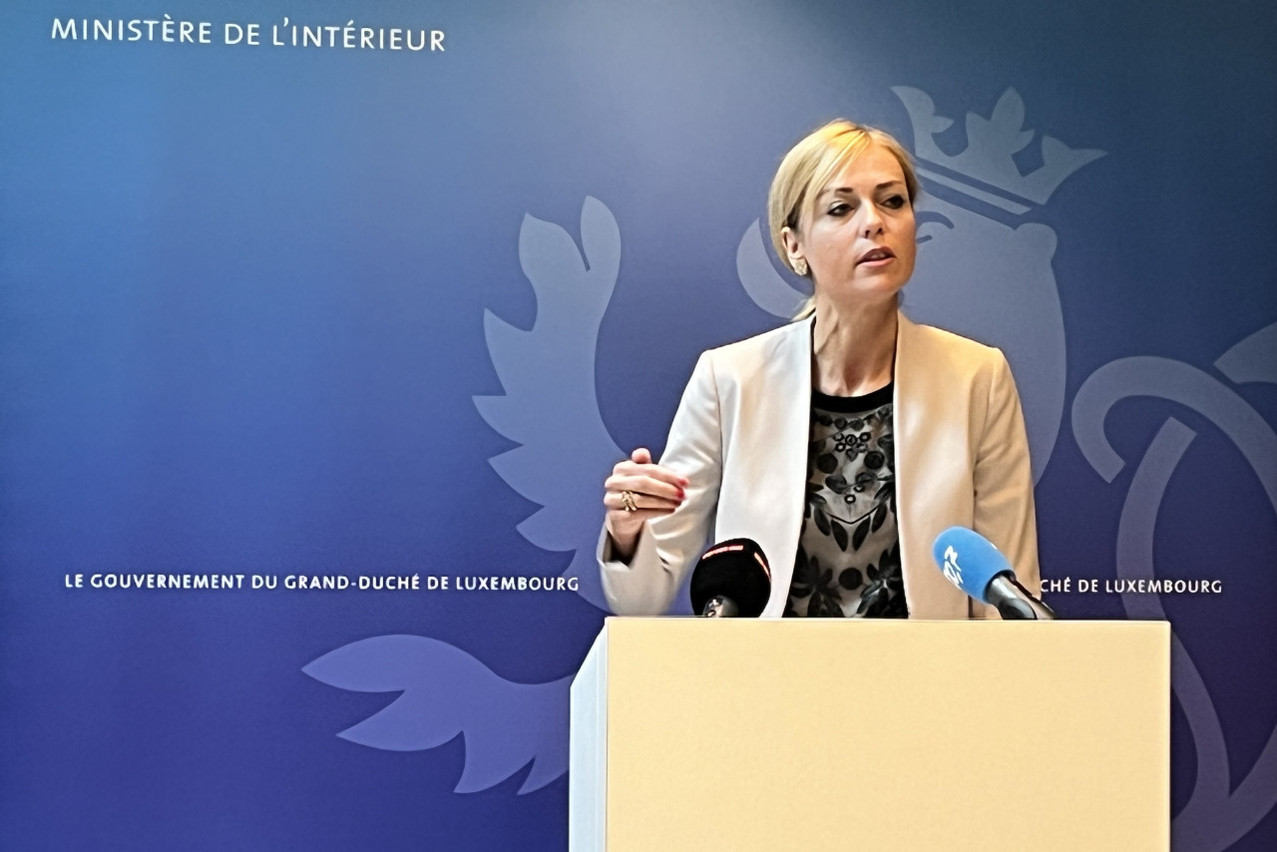“Everything is ready for the big day!” (LSAP), minister of home affairs, was all smiles on Thursday when she received the press to talk about the municipal elections that will take place on 11 June.
More specifically, the minister explained the functioning and tasks of the Government Centralising Office, through which all results will pass on 11 June. “Civil servants from the ministry of home affairs will be responsible for entering the results provided by the municipalities and publishing them,” she continued.
A total of 80 people will be in direct contact with the communes, an increase compared to the last communal elections in 2017. “And teams will be dispatched to the country’s two largest cities, Luxembourg and Esch-sur-Alzette.” The aim is to obtain and publish the results as soon as possible on the website.
If you look closely at all the data, you can see that not all the population is represented...
In total, 329,725 voters registered to vote, an increase of more than 15% compared to 2017. “This did not really represent an additional challenge for us. What is most important is to see all these non-Luxembourgers getting involved. We must continue to mobilise in order to obtain the most accurate representation of the population possible,” the minister said.
The same applies to the profile of the candidates running on the lists for this municipal election. “It is true that the current profile is not really representative of the population,” Bofferding conceded. According to the data she presented, the typical candidate is a man, aged between 40 and 59, and of Luxembourg nationality.
Gender
It appears that of the 3,847 registered candidates (an increase of 7.6% compared to 2017), 61% are men. This figure rises to 75% if we focus only on the 46 municipalities (with a population of less than 3,000 inhabitants) which will organise a majority vote, i.e., where candidates are individual and not on party lists.
“If we look at the number of women candidates, we see that they represent 39% of the total. This is still not enough when you consider that women represent half of the population, but it is already a small step forward, since they represented only 35% in 2017,” said the minister, who also confessed that two municipalities (Aerenzdallgemeng and Walbredimus) had no female candidates.
Age
The youngest candidate for the local elections will be only 18 years and 3 days old at the time of the election, while the oldest will be 85 years and 283 days old. The average age of the candidates is 48 years.
48.8% of applicants are in the 40-59 age group, while the least represented are those under 24 (167 candidates, or 4.3%).
“There are young people who apply. But there should be many more. It is important that future generations get involved, that they are fully integrated in the municipal decisions that concern them. There is a very big effort to be made in this respect,” the minister commented.
Nationality
According to data from the ministry of home affairs, 90% of the candidates are of Luxembourg nationality.
However, this figure needs to be qualified somewhat, as Bofferding explained, “those with dual nationality are considered, in these statistics, to be Luxembourgers.”
In conclusion, the minister confessed that “when you look carefully at all these data, you realise that not all the population is represented…” So there is still work to be done. A lot of work remains to be done.
When considering both gender and nationality, there is a higher proportion of male candidates compared to female candidates among individuals with Luxembourgish and Italian nationalities. However, the opposite trend is observed for individuals with Belgian and French nationalities, where there are more female candidates than male candidates.

